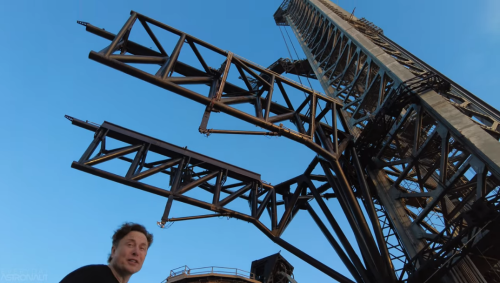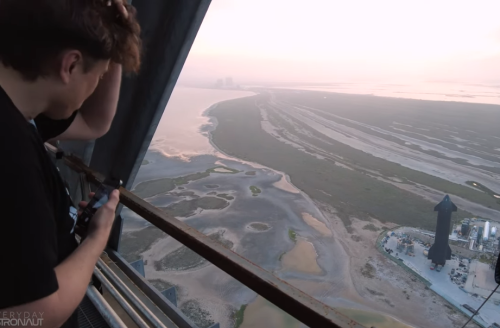NASA is apparently withdrawing its permit for Starship launches in Florida
We’re here to help you: In requesting public input into SpaceX’s plans to expand operations in Florida to accommodate launches of its Starship/Superheavy rocket, NASA is apparently withdrawing the permit it issued in 2019, allowing for such launches.
While a Final Environmental Assessment for Starship was issued in September 2019, NASA said that communication with SpaceX will be ongoing prior to a future first flight from Florida.
“NASA will review the risks to the area and programs at KSC [Kennedy Space Center] prior to any hazardous work,” Bob Holl told Spectrum News in a statement. “NASA will be involved in the lead-up of activities prior to the first loading and any static fire events of Starship and coordinate impacts across the spaceport.” Holl serves as the chief of the Spaceport Management and Integration Division in the Spaceport Integration and Services Directorate at KSC.
It appears NASA and the federal bureaucracy have decided that a new environmental assessment is necessary for SpaceX’s proposed new operation in Florida. After a 30-day period for public input, ending on July 29th, NASA will issue a new draft environmental assessment by September, which will then be subject to another public comment period. Then, the agency will issue a final decision in November, either declaring the new work causes no further impact or that a new environmental impact statement is required.
If the latter, expect Starship launches at Kennedy to be delayed several years.
This action continues the increased regulatory oversight on new space activities being imposed since the arrival of the Biden administration. The federal government is now apparently trying to set a new policy whereby any new work by a private company on or even near federal land will require its full approval, and even if given that approval will carry with it strict and endless governmental demands, all designed to slow things down.
The political timing of this new action however is significant, since this decision will occur after the November midterms. If control of Congress shifts significantly into Republican hands, as expected, the Biden administration’s new heavy-handed regulatory approach might face some pushback.
We’re here to help you: In requesting public input into SpaceX’s plans to expand operations in Florida to accommodate launches of its Starship/Superheavy rocket, NASA is apparently withdrawing the permit it issued in 2019, allowing for such launches.
While a Final Environmental Assessment for Starship was issued in September 2019, NASA said that communication with SpaceX will be ongoing prior to a future first flight from Florida.
“NASA will review the risks to the area and programs at KSC [Kennedy Space Center] prior to any hazardous work,” Bob Holl told Spectrum News in a statement. “NASA will be involved in the lead-up of activities prior to the first loading and any static fire events of Starship and coordinate impacts across the spaceport.” Holl serves as the chief of the Spaceport Management and Integration Division in the Spaceport Integration and Services Directorate at KSC.
It appears NASA and the federal bureaucracy have decided that a new environmental assessment is necessary for SpaceX’s proposed new operation in Florida. After a 30-day period for public input, ending on July 29th, NASA will issue a new draft environmental assessment by September, which will then be subject to another public comment period. Then, the agency will issue a final decision in November, either declaring the new work causes no further impact or that a new environmental impact statement is required.
If the latter, expect Starship launches at Kennedy to be delayed several years.
This action continues the increased regulatory oversight on new space activities being imposed since the arrival of the Biden administration. The federal government is now apparently trying to set a new policy whereby any new work by a private company on or even near federal land will require its full approval, and even if given that approval will carry with it strict and endless governmental demands, all designed to slow things down.
The political timing of this new action however is significant, since this decision will occur after the November midterms. If control of Congress shifts significantly into Republican hands, as expected, the Biden administration’s new heavy-handed regulatory approach might face some pushback.







